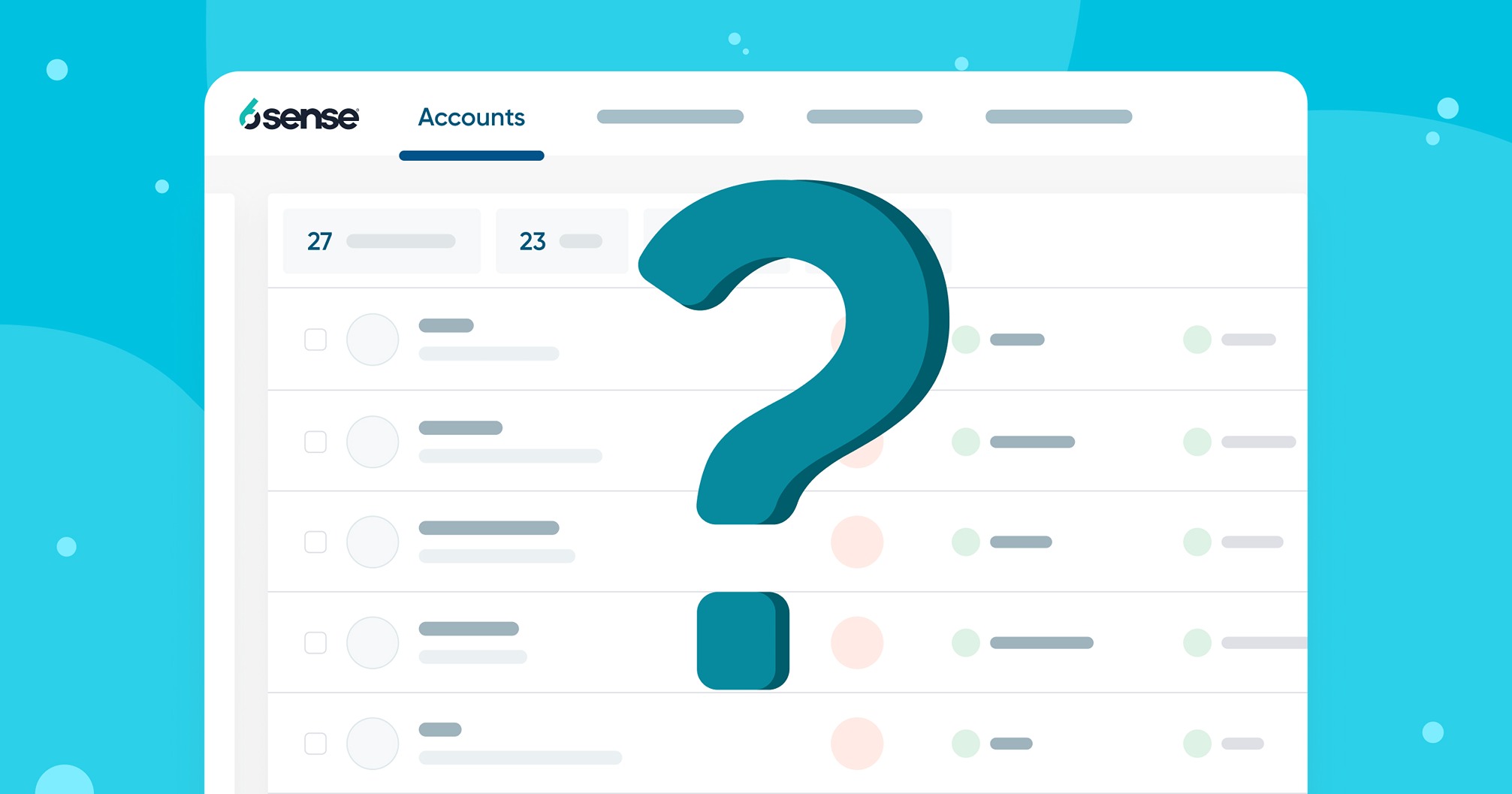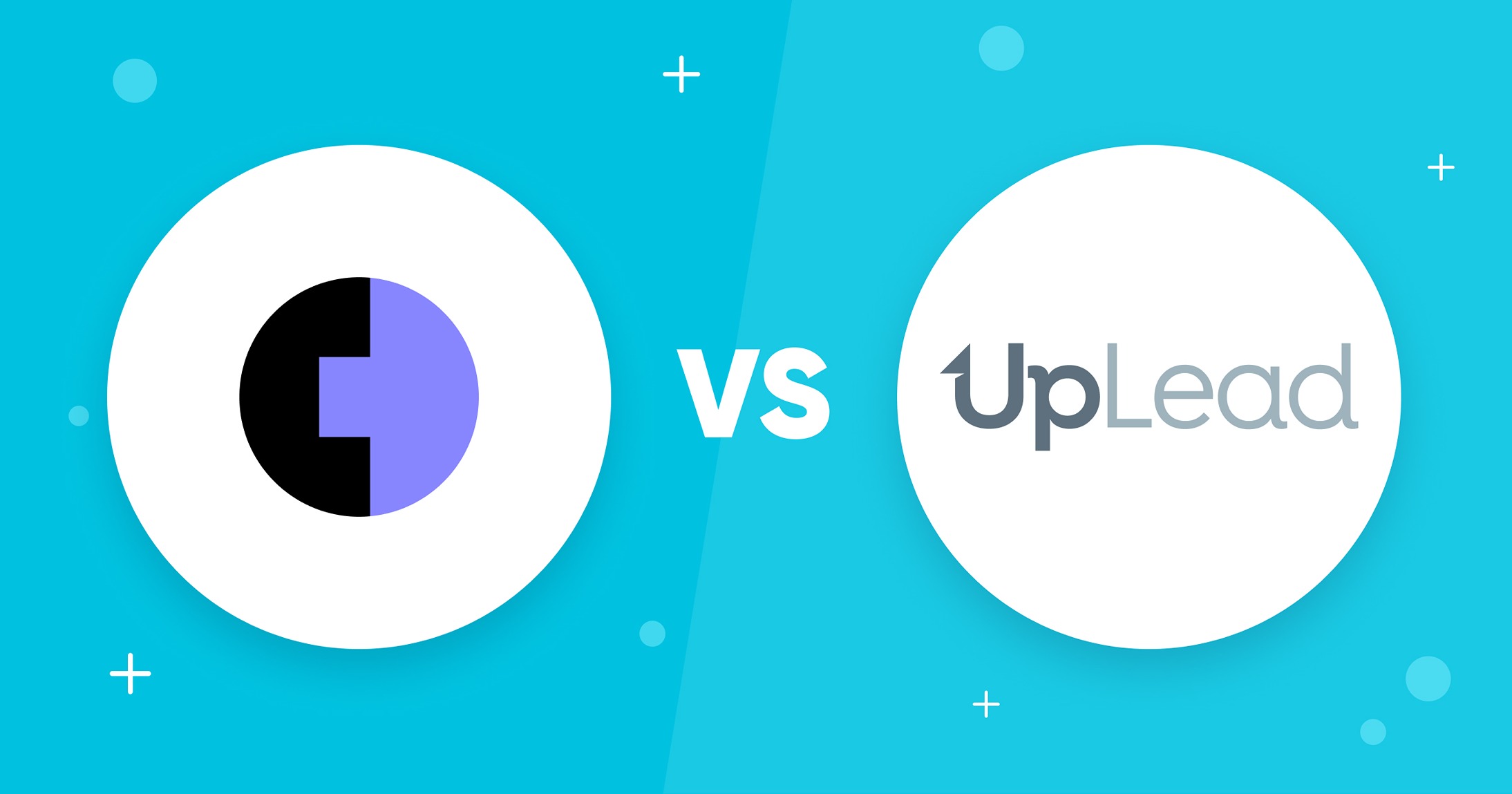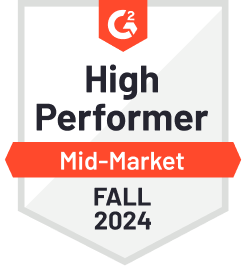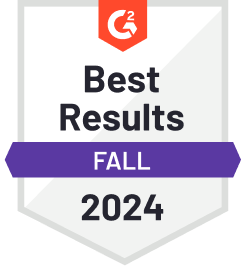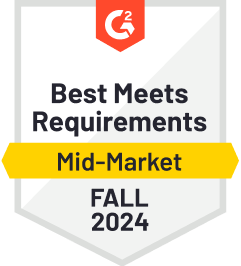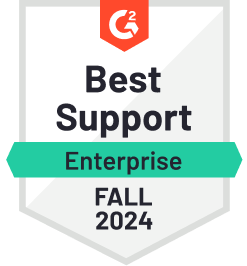Salesforce, Microsoft Office, Slack…
These preeminent SaaS companies thrive because of a healthy, ever-growing Monthly Recurring Revenue (MRR). This key metric is an essential way to properly understand the performance of a SaaS business.
Here’s a closer look at the sales strategies you can use to boost your MRR.
What Is SaaS Sales?
The global SaaS industry is growing at a breakneck pace. And it’s set to reach an impressive valuation of $117 billion by the end of 2020.
A big reason for the growth of the SaaS industry is its focus on convenience and the unique subscription model it’s adopted. As we all grow more dependent on technology, these pieces of software are becoming essential to day-to-day life.
These unique features make SaaS sales (i.e., the act of selling web-based software) complicated and distinctive. To succeed in SaaS sales, salespeople working for SaaS companies must focus on the following areas:
Demonstrate product knowledge
First and foremost, it’s critical for SaaS salespeople to understand the software from a fundamental level. They must be comfortable performing live demos with prospects and fielding technical questions.
Work hand-in-hand with marketing
The SaaS sales cycle is typically longer than other industries. In other words, salespeople should be able to work hand-in-hand with marketers, in order to receive qualified leads and make the most of the marketing collaterals that are being offered.
Clearly communicate benefits and features
It isn’t enough for salespeople to understand the software they’re selling. They also need to understand the problems the software solves, and find out exactly how it will be implemented by a prospect.
Work with the team
To grow MRR and achieve viability, SaaS companies must scale at an impressive rate. In other words, the team and product will often change. To be successful, salespeople must feel comfortable asking for information about new features and product developments.
What Does the SaaS Sales Process Look Like?
The general sales process varies from one industry to the next. But the SaaS sales process is very unique and challenging! Here’s a look at the latter.
1. Research and Prepare
SaaS salespeople have to simultaneously be subject matter experts and product evangelists. Therefore, the SaaS sales process begins with rigorous research and preparation.
Here’s a look at ways to train and educate salespeople and get them closing deals as quickly as possible.
Leverage knowledge bases
SaaS companies grow quickly, and one of the biggest challenges is maintaining an accurate, comprehensive knowledge base. If your SaaS company maintains a knowledge base, the sales process will truly take off.
Conduct competitor research
The SaaS industry moves quickly. In other words, new sales techniques and best practices are constantly evolving. The best place to learn is looking at your competitors. To identify inspiration and areas to differentiate, salespeople should carefully examine competing sales techniques. You can use platforms such as G2 to identify your closest competitors.

Understand your customers
It’s also very important for your salespeople to have a good understanding of your customers. They should understand their customers’ pain points, so they’ll know why your SaaS solution meets all of their needs. This step includes creating buyer personas and understanding existing ones.
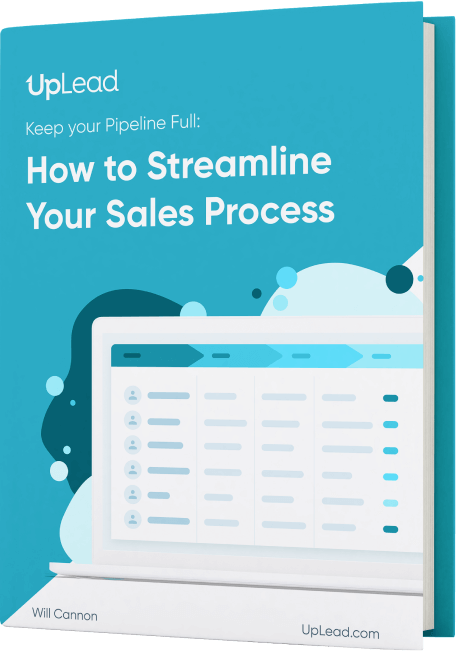
2. Start Identifying Customers
Now that your salespeople are up to snuff, the next step in the SaaS sales process is to start identifying and collecting potential customers.
For businesses in the SaaS industry, this effort often involves a collaboration between sales and marketing. Moreover, the marketing department is frequently responsible for collecting, qualifying, and nurturing leads before moving them along the sales pipeline. Then they’ll be ready for salespeople to make contact and work their magic.
But since salespeople often participate in this process, they should be able to identify quality prospects and understand their particular needs.
3. Qualify Your Prospects
Marketing teams will often use a range of tools to automate lead generation and qualification. This tactic helps feed SaaS sales teams a consistent stream of new prospects.
Since automation involves a series of assumptions, it’s important for salespeople in SaaS businesses to be able to qualify their prospects. In other words, a prospect will be more viable if you acquire key information about him or her as soon as possible.
To assess the suitability of a prospect, salespeople should acquire the following information:
- Is the product a good fit for the prospect?
- Is now the right time for the prospect to start using your solution?
- Does the prospect have enough money to invest in your solution?
- Who’s responsible for making high-level decisions?
4. Craft a Sales Pitch
Once a prospect has been identified as a viable target, it’s time to develop a strong sales pitch. This process is complex, and each salesperson will have his or her own approach.
It’s important for SaaS sales pitches to focus on aspects the customers care about. Most SaaS platforms exist to serve a distinct purpose, so SaaS sales pitches should focus on that key pain point. The best salespeople can build a good story around the point, while using statistics and information to augment the pitch.
For sales teams, a key challenge within the SaaS industry is finding the concrete evidence they need to sell their product. So salespeople should be adept at working with teams that analyze products and businesses to get the information they need.
5. List Common Objections (and Craft Responses)
For salespeople, learning how to handle objections is a big part of daily life. The longer a salesperson works for a single company, the more he or she will start realizing there are usually a few key objections.
SaaS businesses move fast and scale quickly. So it’s absolutely critical for sales teams to keep a record of these objections, and find out how to respond to them. This tactic can accelerate the speed of learning throughout the department and really boost results across the board.
Many sales teams will use company knowledge bases to track these key objections and learn how to respond to them. So let’s imagine that a prospect tells a salesperson from Salesforce that the tool is too expensive. Then the salesperson could simply refer to the knowledge base and develop a factual, convincing response.
6. Create a Follow-Up Sequence
Compared to other industries, the sales cycle for SaaS is often longer. So your prospects have to carefully consider your proposition and escalate it to the relevant stakeholders.
Therefore, SaaS salespeople should work in harmony with their marketing colleagues and develop an engaging, informative follow-up sequence. While the salespeople can provide the insight and strategy, the marketing team can help with the creation of collaterals, automated sequences, and data analyses.

(Source: Twilio)
7. Refine the Above Steps
The most successful sales teams are able to constantly improve every step outlined above. This tactic constantly helps the team grow and improve, which boosts MRR and secures the success of the business.
Which SaaS Sales Models Exist?
And which sales model should your SaaS business adapt? This decision will probably be determined by the product itself. The relevant factors include how complex the product is, the assistance required to get started, and the price.
The chosen sales model will determine the priorities and working methods of the sales team. Here’s a closer look at the key SaaS sales models out there…
Enterprise Sales
Also known as complex sales, this term refers to the sale of goods or services to an enterprise-scale customer.
Some SaaS products are very complex, and they’re aimed at enterprise-scale businesses. In these scenarios, an enterprise sales model makes the most sense, and specialized salespeople focus on a very narrow group of prospects to broker strategic deals. These salespeople often have the full support of marketing and product teams.
Given that most SaaS businesses aim at boosting MRR and automating the customer acquisition process as much as possible, which is the least common sales model used in the SaaS industry.
Self-Service in Sales
Lots of SaaS businesses aim at making it as easy as possible for their customers to service themselves. Then they can start paying for the platform without needing to be contacted by a salesperson.
This scenario is ideal for most SaaS platforms. A business that boosts MMR can reduce operational costs by making it easy for customers to get started with the platform.
In these circumstances, sales and marketing models are very similar. Marketing is often responsible for nurturing leads by using automated programs and “growth hackers” that utilize low-cost strategies to help businesses acquire and retain customers.
Some salespeople work in these industries. But they often play a smaller role or focus on acquiring large prospects, as well helping reduce churn by offering sustained support.
Transactional Sales
While the majority of SaaS businesses aim at a self-service model, they often have to adopt a more traditional “transactional sales” model.
Frequently, more complex SaaS offerings have a higher price. When it comes to these types of products, the majority of customers feel more comfortable interacting with a salesperson before making an investment. Therefore, they have the opportunity to verify that the business is legitimate while they field their questions.
To effectively contribute to a growing MRR, the sales professionals in these businesses rely on support from other departments and leading automation tools
5 Saas Strategies That Really Help Skyrocket Your Sales
If your SaaS sales team is going to successfully raise your MRR to new heights, you’ll need to strategize. Here’s a closer look at some of the key strategies you can adopt…
Bring sales and marketing together
To secure their success, SaaS companies must move quickly in a wide range of areas. For instance:
- Products must be polished and ever-evolving.
- Branding should be kept on point
- Sales must move quickly and innovate.
For many SaaS businesses, the best way to boost efficiency is to make sure sales and marketing teams are closely collaborating. These two departments should work in total harmony. Marketing should be responsible for procuring prospects, and they should pass them along to the salespeople who close the deals.
It sounds simple on paper, but there are lots of opportunities to create new synergies. For example, imagine the point at which marketing departments pass prospects along to sales teams. This process can be automated by using the right tools, and the prospects can be efficiently passed along to the appropriate salespeople.
This tactic requires cooperation and coordination between the two teams. So it’s also essential for salespeople and marketers to be on the same page, in terms of strategies and responsibilities.
Focus on feedback from failed conversions
It’s always disappointing for a salesperson to spend lots of time and effort nourishing a lead, only to be met with a hard no. Many salespeople will question their own approach and the process they adopted. But this scenario is an amazing learning opportunity for SaaS businesses.
Why exactly did your prospect reject your presentation? Was it an issue with your pricing, your sales techniques, the product itself, or something else? This information is incredibly useful information to relay back to your team.
If it’s possible, you should try to get this information from your prospect. You should circulate it to the appropriate stakeholders and add it to your list of objections. Today, you can start thinking about how to respond to that objection in the future. Alternatively, you can also implement feedback management tools such as Canny, together with your product management team. These tools will help you gather all feedback in one place so everyone can easily access it.
Ask for referrals
For one reason or another, many businesses have the tendency to overlook the power of referrals. In fact, only 11% of salespeople seek referrals, despite the fact that 91% of customers are open to giving them!
Referrals are fantastic ways for you to expand the reach of your SaaS business and directly connect with quality leads. SaaS sales departments also have the option to adjust their referral bonus as required. Some SaaS businesses choose to offer a cash prize, while others choose to offer their own service or a high-quality non-cash prize, such as an iPhone or iPad.
Best of all, referral initiatives often require relatively small amounts of attention. You can easily operate a referral campaign that helps bring in consistent leads while helping you strengthen your relationship with existing customers.
Never lose sight of your competitors
As we’ve already emphasized numerous times, SaaS businesses move quickly. Since a great deal can change over the course of just one week, every department has to be alert and monitor the industry for any changes.
In other words, sales professionals should closely monitor their competitors in a few key areas, such as pricing, messaging, and sales models. For example, perhaps you notice that a competitor has changed its pricing structure. If so, you’ll want to investigate further and make sure that your offering is still competitive.
Let’s imagine that you work for a SaaS platform that connects landlords and renters. In the past, your key competitor charged a flat fee for the service. But it recently adjusted the price, so it’s now contingent on the number of properties being managed by each account.
If you notice this kind of a significant change, you’ll need to assess how your current offering stands, and whether it should be adjusted to keep pace with your competitors.
Don’t forget about social media
Curiously, many SaaS businesses fail to make the most of social media. While the organic reach has dramatically fallen over recent years, it’s still a fantastic tool to make the most of.
As a SaaS salesperson, you’ll find that LinkedIn is still an immensely powerful platform that’s packed with potential. In fact, it has almost 600 million users, and an impressive 260 million of them use the platform every month. If you’d like to reach out to your prospects by using these types of platforms, you’ll often find that they’re responsive.

To secure a tenable MRR, SaaS businesses must explore every sales avenue available to them and develop a keen strategy. Therefore, you should take the time to develop a good understanding of social media, and learn how to effectively use it to engage your prospects.
You’ll often find that you’ll have to collaborate with your marketing team to really get the most from social media.
SaaS Sales Metrics You Need To Measure
Sales has always been a numbers game, which is truer than ever in the SaaS world. Here’s a look at the main SaaS sales metrics you need to measure, in order to achieve success and boost your MRR.
Annual Contract Value (AVC)
This metric breaks down the value of a customer’s contract over a 12-month period, which helps you get a clearer picture of MRR and really track the growth of your business.
This metric is achieved by breaking down the value of a contract each month. For example, imagine that your customer signs a 12-month contract that’s worth $45,000. Then he or she would contribute $3,750 to your MRR.
Annual Revenue per Account (ARPA)
As a salesperson, you’ll want to see how your upselling and cross-selling initiatives gradually have an impact on your MRR. At this point, ARPA comes in handy.
To figure out this metric, you simply divide your MRR by the number of active accounts you have. This endeavor will give you an idea of the average revenue that will be generated. And if you track this number over time, it can really help you shape your sales strategy.
Customer Acquisition Cost (CAC)
It’s critical for you to understand how much it costs you to acquire a new customer. This tactic will help you see whether your sales and marketing initiatives are viable.
To find your CAC, you’ll want to divide your entire sales and marketing costs by the number of new customers you have. Then you can find out the CAC over a given period of time.
Win Rate
When it comes to the SaaS industry, sales efficiency is critical. In fact, the profitability of many businesses entirely depends on it.
This win rate can reveal how effective your sales team is, and it shines a light on the quality of leads you’re using. To find this metric, simply divide the number of won opportunities by the total number of opportunities (won and lost).
3 Great Examples of Sales Decks from Successful SaaS Companies
There are lots of tips in this guide. And if you follow them all, they’ll manifest in your sales deck to make it as effective as possible. Seeking some inspiration? Here’s a look at some of the best examples of SaaS sales decks out there.
Focusing on branding with Salesforce

It’s hard to talk about SaaS best practice without mentioning the behemoth that is Salesforce. While this sales deck is a few years old, it’s still a great example that we can learn a lot from.
We really like that this sales deck looks great (although the design is somewhat dated). It really underscores how you should work alongside marketers to produce a sales deck that’s “on brand” and helps you look as legitimate as possible. Many SaaS businesses move so fast that they fail to focus on the details.
Addressing pain points with ProdPad

ProdPad is a piece of product management software that helps businesses combine product ideas and keep them organized.
This example of a sales deck really drives home just how important it is for you to tell a convincing story that directly addresses the needs of your prospects. In fact, it wastes no time and addresses the problems right in the very first slide!
You should really consider taking inspiration from this example. It’s incredibly engaging, and it helps you win the respect and attention of your audience. Could a similar approach work for your SaaS business?
Crunching the numbers with Office 365

Office 365 offers users around the world an online version of the MS Office Suite, which is already utilized on most computers.
This feature makes this sales deck particularly interesting. Almost every prospect seeing this presentation for the first time understands the value proposition of Office. But what about the SaaS version?
The Office 365 team does a great job of getting right into the numbers here. In fact, they convincingly use statistics to show the exact reasons why the time is right for this cloud-based version of its Office Suite.
Conclusion
We hope that these SaaS sales tips help you improve your sales figures, and boost your MRR in the process. Even during the best of times, sales is tough. But when it comes to the SaaS industry, it’s especially challenging. That being said, it’s undeniably fun and rewarding. So all of your effort is worth it!

